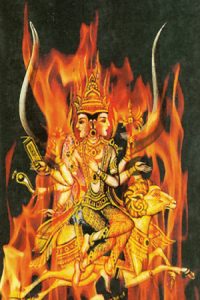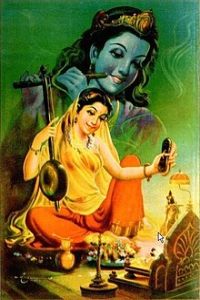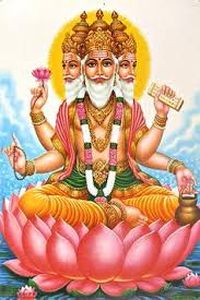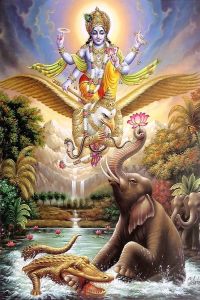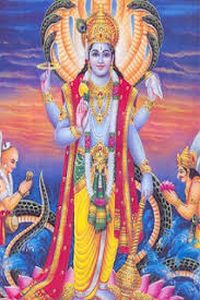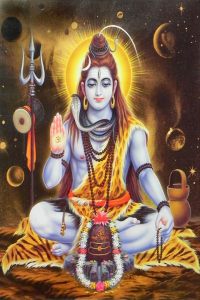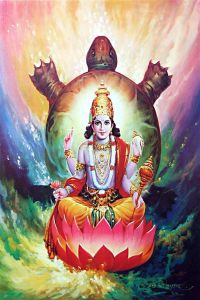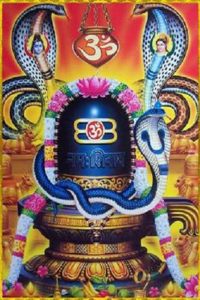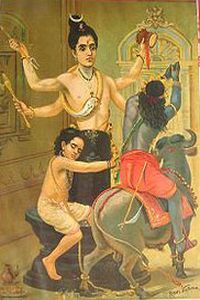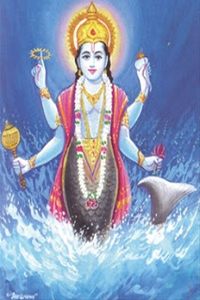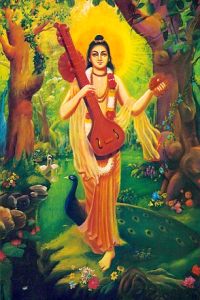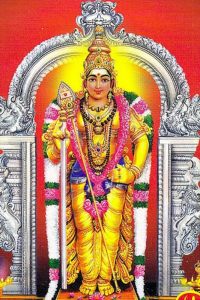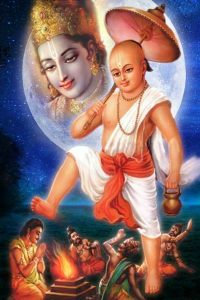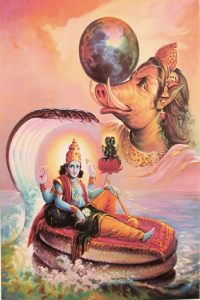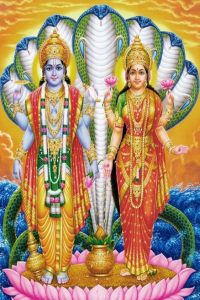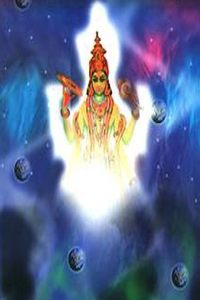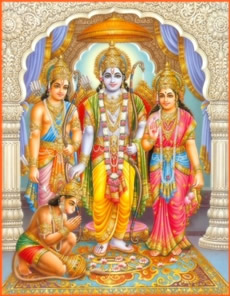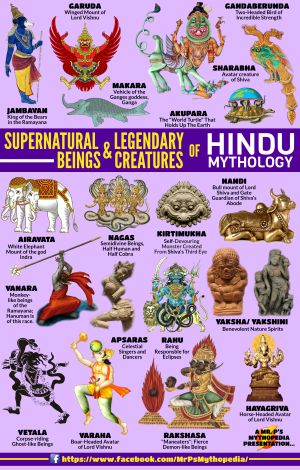SASTRAS – A set of law codes
The Sastras (precepts, rules) are a class of texts that cover religion as well as law, medicine, and the (pre-) science of that period. They were classified as tradition (smriti), ranking below the Vedas in sacredness. They have some mythological material, but it is their insight into the context of…
SARASWATI Mata mantra, Saraswati wife of Brahma- A goddess

Sarasvati is a goddess of primary importance. She is accepted by Hindus as the goddess of learning, the arts, and scholarship. However, Sarasvati’s nature is far more complex and her mythology more interesting than is widely known. Sarasvati, whose name means “flowing” and “watery,” has been associated with an ancient…
SAPTA-NAGAS The collective name of the seven divine serpents

The Sapta-Nagas were Ananta, Takshaka, Karka, Padma, Mahapadma, Sank- haka, and Gulika. Iconographically, they all wear the sacred thread of a brahmin, have an extended hood, and may have multiple heads.SAPTA-RISHIS The collective name of the seven most important sages There were seven Sages (sapta-rishis) at the beginning of the…
SAPTA-MATRIS, SAPTA-MATRIKAS – Seven mothers

The collective name of the seven divine mothers—seven (saptan) mothers (matris or matrikas)—has been associated with Siva both in mythology and iconography. The Brahmanical view in the Mahabharata depicted them as destructive female energies responsible for ill fortune and disease and especially attracted to harming children. The mothers were assimilated…
SANJAYA – A sage and minister of King Dhritarashtra

In the Bhagavad Gita Sanjaya is one of its four characters—the other being Arjuna, Krishna, and King Dhritarashtra. The idea of boon-granting (vara) had become so common by the time of the late epic literature that a sage like Vyasa Sandstone figure of Camunda, the fierce, protective eight-armed mother, from…

